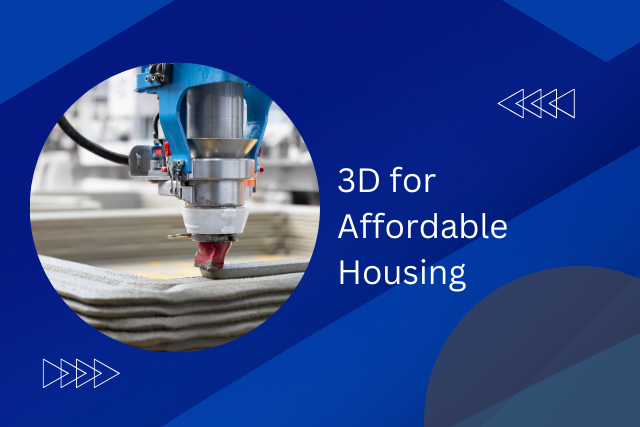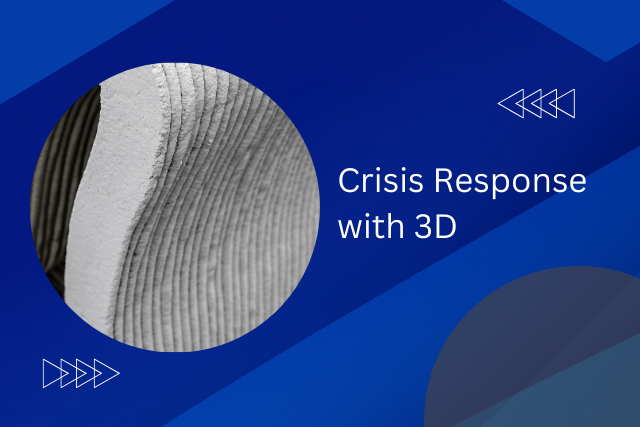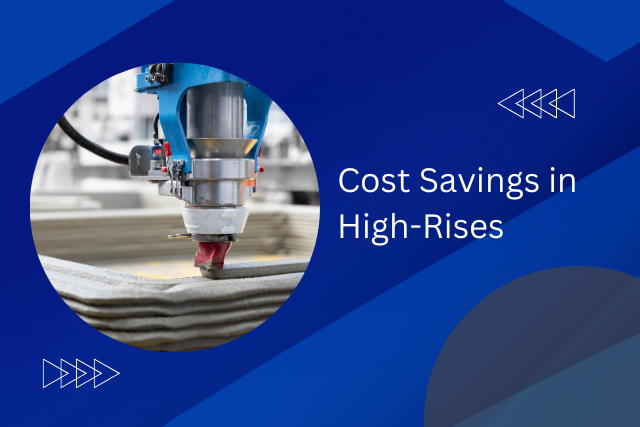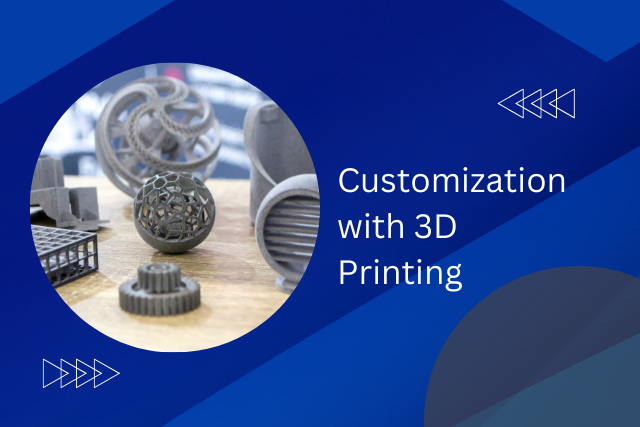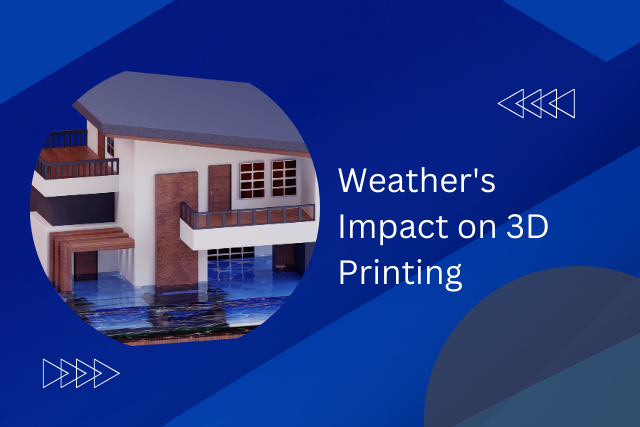In the world of building things, 3D printing technology is a big step forward for making things faster and better. When we compare it to old ways of building, 3D printing is much faster. It can change how long it takes to build something from many months to just a few days. This big change can save a lot of money on paying workers and is better for the environment.
As we look into the good things 3D printing can do for building in the future, it’s interesting to think about how this technology will change the way we see building projects and how long they take. There is a lot to be excited about with 3D printing in building, and it’s worth paying attention to what will happen next in this exciting area.
Understanding 3D Printing
3D printing is changing how we build things, making it easier, cheaper, and more precise to create complex designs. This new method builds objects layer by layer, allowing for detailed work that was hard to do before. Using 3D printing means less waste and a smaller impact on the environment, which is good for our planet.
This technology gives architects and designers the freedom to try new and unique shapes that were hard to make with old building methods. This means we can see more creative and interesting buildings and structures. 3D printing also makes it possible to finish projects faster, helping to meet the growing need for homes and other buildings quickly.
In short, 3D printing in the building industry is a big step forward. It saves time, costs less, is more accurate, and is better for the environment. It opens up new possibilities for design and can help solve the challenge of needing more buildings faster.
Traditional Construction Overview
Traditional construction methods have been used for many years and are the basis of the buildings and infrastructure we see today. These methods include a variety of skills like building with stone, woodworking, and working with metal. Each skill helps in making buildings that are not only useful but also look good and reflect the culture of the people who made them.
The great thing about traditional construction is how flexible and adaptable it is. Whether it’s the big skyscrapers in cities or the houses where we live, these old ways of building have shown they work well for many different projects. They use local materials and skills from the community, which helps bring people together and keeps our surroundings rich and interesting.
Traditional construction also connects us to our past, while still letting us use new designs and technology. It’s a strong base that lets architects and builders try out new ideas in a way that’s been proven to work. This mix of old and new is important because it helps create spaces that are meaningful and work well, giving us the freedom to think of and build places that make our lives better.
Time Efficiency Comparison
When we look at how buildings are made, it’s clear that new tools like 3D printing are making things faster. Using 3D printing in building isn’t only about using new stuff; it’s about making it possible to finish projects very quickly. This big change is making building quicker, more flexible, and better, showing us a future where we can build things much faster than before.
Here’s a simple look at how much quicker 3D printing is compared to the old ways of building:
| Building Method | Average Time to Build a House | Time Saved |
|---|---|---|
| Traditional | 6-12 months | – |
| 3D Printing | 24-48 hours | 99% |
| Hybrid | 1-3 months | 75-90% |
This table shows us how 3D printing can really speed up building, making it possible to finish houses in days instead of months. This new way of making things is not only faster but also lets people be more creative and try new ideas in building.
In short, 3D printing is changing building by making it much quicker to get things done, opening up new chances for making cool and new kinds of buildings.
Real-World Case Studies
Looking at real examples, we see how 3D printing is changing the way we build things in the construction world. For instance, a two-story office in Dubai was built in just 17 days with 3D printing. This project was not only quick but also saved money on labor and used fewer materials, showing how 3D printing is efficient and good for the environment.
In Europe, a project showed how 3D printing can make houses that meet people’s unique tastes and needs, doing it quickly and with great design freedom. This means builders can break free from old limits and explore new creative options with 3D printing.
Around the world, from quick housing solutions in South America to new bridges in China, 3D printing is making a big difference. These examples together highlight how this technology can change building for the better, making it faster, cheaper, and more creative than traditional ways.
Expert Insights
Transitioning to the insights of industry experts, we explore the transformative potential of 3D printing in construction. They highlight the remarkable speed, unprecedented efficiency gains, and significant project duration reductions when comparing 3D printing to traditional construction methods. These insights offer a comprehensive understanding of how 3D printing is reshaping the future of construction with precision and innovation.
Speed Comparison Overview
3D printing is a new way of building things that is much faster than the old ways. This method uses computers and special materials to make buildings quickly. Unlike the old ways where people have to build things by hand and one step at a time, 3D printing works non-stop and does not need as many people.
This means buildings can be made faster. Also, with 3D printing, builders can make more complicated designs without taking more time. This new way of building could change how we make buildings, allowing us to do things we could only imagine before. The main points are that 3D printing is much faster than traditional building methods, it allows for more complex designs, and could lead to a new way of building where we are limited only by our imagination.
Efficiency Gains Explained
Exploring how to make building quicker and less wasteful, experts show that 3D printing makes a big difference. It cuts down on wasted materials and makes better use of workers’ time. This new way of building allows for making complex shapes that look good and are strong, all while avoiding the high costs seen in old building methods.
Being able to print materials when needed means there’s no need to keep a lot of them around, saving space and money for other things. This change makes building work smoother and helps towards a future where being creative with designs and working efficiently go together.
Project Duration Reduction
Experts say that 3D printing makes building projects go faster. This new way of building allows people to create complex designs quickly, making ideas come to life sooner. Because 3D printing can easily change designs and doesn’t depend much on having all materials on hand, there are fewer delays. Projects get done faster and more smoothly, breaking free from old building methods.
This improvement in building technology means projects can be finished very quickly, allowing everyone involved to focus more on being creative, making buildings better for the future, and taking care of the planet.
Future of Construction Speed
3D printing technology is changing how fast we can build things. This new way lets us make buildings much faster than the old ways. With 3D printing, building projects can finish a lot sooner. This is a big change for construction, making things quicker and more precise.
The future of building fast depends on making 3D printing better. These improvements will cut down the time it takes to finish projects even more. Adding robots and automated systems to 3D printing will make building faster and more accurate. This means fewer mistakes and less need for lots of people working, which can save money and time.
For those tired of slow and complicated building methods, 3D printing is a great choice. It allows for quicker, more efficient, and customizable building projects. This is the new way of building fast, with innovation and speed as key points.
Limitations and Challenges
As we explore the innovative realm of 3D printing in construction, it’s crucial to address certain limitations and challenges that accompany this technology. Concerns regarding material strength, design flexibility, and the impact of weather conditions on printed structures are pivotal points for ongoing research and development.
By tackling these issues head-on, we pave the way for more resilient, adaptable, and weather-proof 3D printed buildings, underscoring our commitment to revolutionizing the construction industry.
Material Strength Concerns
In the world of 3D printing for building things, making materials strong enough is a big challenge. However, this problem also gives us a chance to come up with new ideas and make things better. As we move forward, solving this issue is key for new technology to grow.
We are seeing new composite materials and ways to make things stronger that are changing how we build. These new ideas make buildings last longer and allow for more creative designs. By working together across different fields, we can get past old limits, making it possible to build things faster, more efficiently, stronger, and in ways that fit our needs today. This improvement marks an exciting time of new possibilities in building things, all thanks to 3D printing technology.
Design Flexibility Limits
Even with the growth of 3D printing, finding ways to be flexible in design is still hard. This pushes engineers and designers to keep pushing the limits of what they can build. They are always trying to find a balance between what they imagine and what 3D printing can do.
| Challenge | Opportunity |
|---|---|
| Complex curves | Unique designs |
| Intricate details | One-of-a-kind features |
| Material constraints | New mixed materials |
| Scale limitations | Building in parts |
Facing these challenges makes us think of new ways to do things, turning obstacles into chances to innovate. Accepting these limits helps us change what we think is possible in building design, making a world where we can make our dreams into something real.
In this journey, when we look at a problem, we see a chance to do something amazing. It’s a push towards a future where the only limit is the sky. Making things with 3D printing promises a space where any idea can be made real.
Weather Impact Factors
3D printing is changing how we build things, making construction faster and more flexible. However, weather conditions like very hot or cold temperatures, humidity, and rain can cause problems during the printing process and might affect how long the materials last. Researchers are working hard to find solutions. They are creating new materials and printing methods that can handle these weather challenges better. This means we can build quickly without worrying that our buildings won’t last because of bad weather.
Conclusion
3D printing is changing the construction industry by making building faster compared to old ways. Many studies and experts show that 3D printing can greatly speed up the time it takes to build, making it possible to create buildings quickly, at a lower cost, and in a more sustainable way. Although there are some challenges with this technology, the chance for 3D printing to change how we build is huge. It offers a new path for making construction faster and better.

